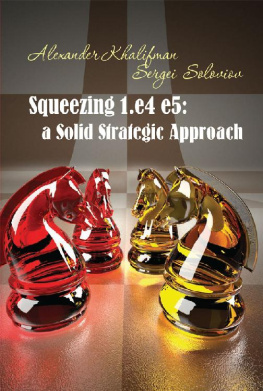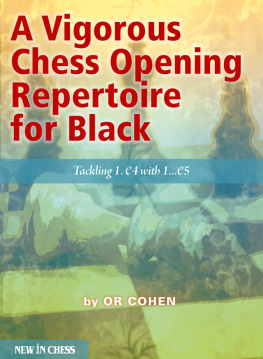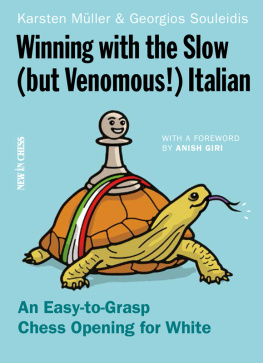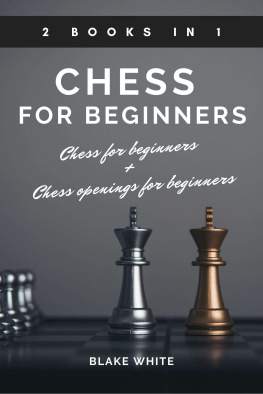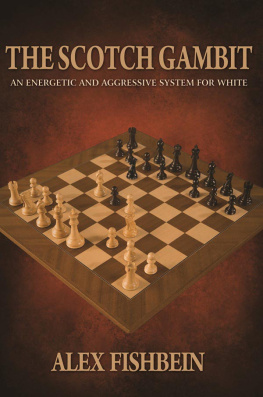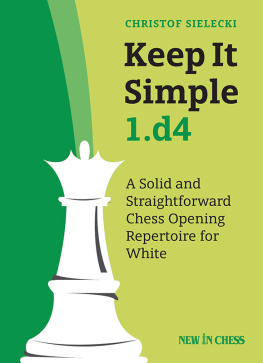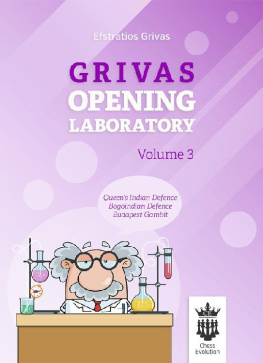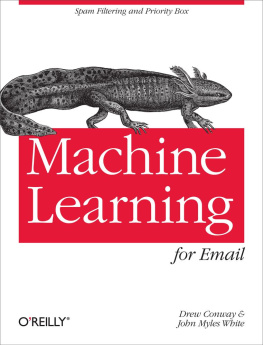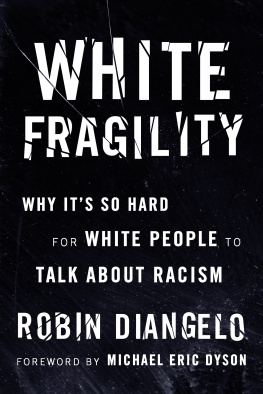1.e4 e5 2. N f3
3... d6 4.d4 exd4 5. N xd4
3... d6 4.d4 N bd7 5. B c4
3... N f6 4. B b5
Squeezing 1.e4 e5: a Solid Strategic Approach
by
Alexander Khalifman and Sergei Soloviov
Chess Stars Publishing
www.chess-stars.com
Copyright 2019 by Alexander Khalifman, Sergei Soloviov
Cover by Rustam Taichinov
Technical editor GM Alexei Kornev
Bibliography
Books
A Vigorous Chess Opening Repertoire for Black: Tackling 1.e4 with 1e5 by Or Cohen, New in Chess 2013
Bologans Black Weapons in the Open Games: by V.Bologan, New in Chess 2014
How to Beat the Open Games by Sverre Johnsen, Gambit 2018
Kaufmans New Repertoire for Black and White: A Complete, Sound and User-friendly Chess Opening Repertoire by Larry Kaufman, New in Chess 2019
Keep it Simple: 1.e4: A Solid and Straightforward Chess Opening Repertoire for White by Christof Sielecki, New in Chess 2018
Play 1e4 e5! A Complete Repertoire for Black in the Open Game by Nigel Davies, Everyman Chess 2005
Play the Open Games as Black by John Emms Gambit 2001
Playing 1.e4 e5 - A Classical Repertoire by Nikolaos Ntirlis, Quality Chess 2016
The Four Knights by Jan Pinski, Everyman Chess 2003
The Four Knights Game by Andrey Obodchuk, New in Chess 2011
The Four Knights: Move by Move by Cyrus Lakdawala, Everyman Chess 2017
The Open Games For Black. A complete black repertoire with 1.e4 e5 by by Igor Lysyj and Roman Ovetchkin, Chess Stars 2012
The Petroff: an Expert Repertoire for Black by K.Sakaev, Chess Stars 2011
Periodicals
Chess Informant
New in chess Yearbook
Bestlogic Database
Chessbase online database
ChessOK Correspondence Database
Correspondence Database
FICGS DataBase
GameKnot Database
ICCF Database
LSS Database
Mega Database
P laying Chess the Scientific Way
The idea of writing this book came to me while I was still working on my previous book about the Scotch Game. The present book is neither a continuation nor a refutation of the previous one. I am merely attempting to find another solution to the same problem (how to fight with White against 1.4 5?).
It all started long, long ago, during intense discussions between me and a very good friend of mine, who later became a great chess player. It was rather like a professional consultation, since we almost never had an argument. We agreed with each other about almost everything, although in general chess players often argue. We discussed the fact that in the majority of chess manuals, some of them good and some not so good, we see positions in which we are required to find the best move. Meanwhile, in practical games, situations like this are not encountered so often. We usually reach positions in which there is no absolutely best move.
Consideration of which move is the best often depends not only on the deployment of the pieces on the board and on which side is to move, but also on numerous other factors what our priorities are, what the strength and the style of the opponent are, the time we have for the rest of the game, the tournament situation, etc. So, depending on all these factors, in one and the same position it may often happen that different moves may turn out to be best in different situations. It is precisely the skill of making the best practical decision in the concrete situation that is one of the most important elements of top-level mastery in chess. Unfortunately, little or nothing is written about all this in the books. This is a very serious subject by the way and we do not plan to elaborate on it any further here.
I came to the conclusion that the same approach would be quite applicable in the process of constructing the opening repertoire of a chess player. In our previous book we discussed and analysed how to counter 1.4 5 with White in the most direct, aggressive and sometimes even risky fashion (this approach is naturally attractive in a way, but it is not universal).
This time I have decided to try something radically different for White, which is to play in a strict and even somewhat dry fashion, in an attempt to approximate the so-called classical models. After long hesitation I should like to call this approach scientifically minimalist. It would be maximalist to try to swim in the endless ocean of the variations of the Ruy Lopez, but this could hardly be covered in a single book. Moreover, it would be unlikely that we could prove any considerable edge there either. Almost the same thing is happening lately in the Italian Game there is no end to the analyses, yet White cannot prove an advantage.
So, after all I have shared with you, our choice was made, which is the Four Knights Game and in particular the main line the traditional system with 4. B b5. During the process of working on this, I have become more and more convinced that my choice corresponds with the concept I have outlined above and it deserves a thorough practical test.
I should now like to summarise the basic features of the suggested method:
1. White controls the centre, develops quickly and castles. We DO NOT strive for a direct clash with the opponent after the first few moves in the opening.
2. We begin active operations only after the completion of our development; as a rule, these will take place in the centre and on the kingside.
3. Of course it is necessary to know the theory and to calculate the variations precisely, but in general we are striving to reach positions in which the basic strategical principles, the correct evaluation of the arising positions and the ability to choose the correct plan will be at least as important.
4. Finally, we are still fighting for an advantage in the opening. It may be just a small edge, but lets see...
We should not like to mislead our readers. If Black is perfectly prepared, he may still equalise. Even then, however, we would say that White will remain on the bright side of the equality. His game will remain much simpler to play and easier to understand. Black will not have any easy counterplay.
Well, we have to admit that, in contrast to the Scotch Game, if White follows this approach the chances of winning the game in around 20-25 moves will not be great (unless the opponent blunders badly). In fact, we should like to focus on the struggle in the middle game and furthermore we have in mind that there are always two sides of the coin White runs no risk of ending up in a bad position after 20 moves.
It is also very important that White does not need to go over a lot of variations before the game, during preparation. This is an important difference. If you have forgotten or overlooked something in your preparation of the Scotch Game, that could be really bad news for you. In the Scotch there often arise irrational positions; sometimes it is tremendously difficult to find the best move over the board and every mistake may lead to serious problems. In contrast, in the Four Knights Game, even if you have forgotten everything, precise evaluation of the position and just common sense will help you find the right way in the situation on the board. And even if you fail to do this, in most cases it will mean no more than that Black will manage to equalise without any problems. This might well happen, but nevertheless it will not be a catastrophe for White.
We should also like to mention some other positive aspects of our method and these concern the field of psychology. The first point is if you happen to play against an opponent who is stronger than you (or if he considers himself to be stronger, even without any objective reasons this happens quite often, by the way). The Four Knights Game has acquired a reputation over the years of White is just playing for a draw.... We have in mind something different, but if the opponent is convinced of our intention to play for a draw, this might turn out to be very helpful for us. All this has been tested in practice numerous times. What usually happens is that your opponent thinks: Draw? Well, OK draw, and he will usually start to make indifferent moves, assuming that the result of the game has been already settled. However, we then have the possibility of punishing him for his careless attitude. The second possibility is that your opponent may decide that White should be punished for this drawish strategy and he might embark on incorrect complications. This may be very helpful to us as well. Of course, these possibilities cannot be guaranteed, but they happen very often, even at the top level.

